4 axis cnc machining service
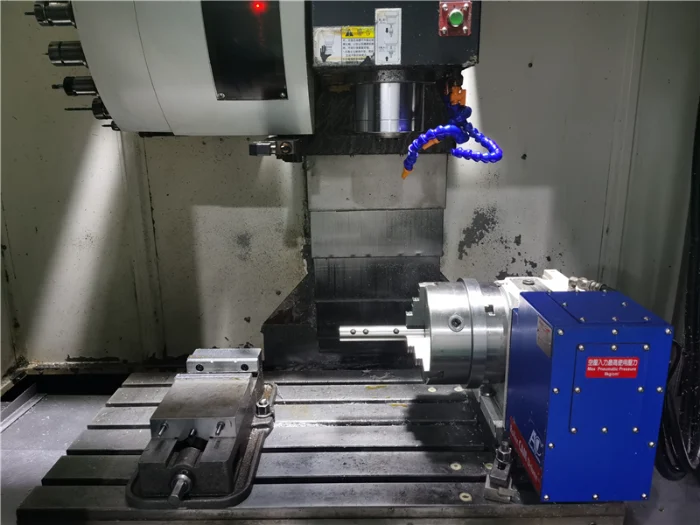
4-Axis CNC Machining Services Break Through Your Limitations! Through rotary axis (A-axis) coordination, achieve 360° precision machining with no blind spots. Complete multi-surface machining in a single setup with accuracy up to ±0.01mm, effortlessly meeting the demands of high-precision fields like aerospace, medical devices, and automotive components. Enable complex curved surfaces, multi-angle drilling, or irregular structural requirements.
4-axis cnc machining service with Weldo precison
Weldo possesses years of experience in 4-axis CNC machining, capable of precision processing over 100 materials including metals and plastics. Tolerances can be achieved as tight as 0.005mm. Our engineers will select the most suitable material for your application based on your operating environment, quality requirements, and cost considerations, maximizing your profit margins and ensuring quality assurance.
what is 4-axis cnc machining ?
4-axis CNC machining is a high-precision manufacturing method within CNC technology. Building upon traditional 3-axis (X/Y/Z linear motion) capabilities, it incorporates an additional rotational axis (typically the A-axis or C-axis).
Through coordinated axis movement, it enables more complex three-dimensional machining to achieve planar or simple solid cutting.
Fourth Axis (Rotary Axis):
A-axis: Rotates around the X-axis (commonly found in vertical machining centers).
C-axis: Rotates around the Z-axis (commonly found in turning-milling centers or simplified versions of five-axis machines).
Function: Enables rotation of the workpiece or tool during machining, facilitating multi-angle and multi-surface processing without frequent re-clamping or adjustments.
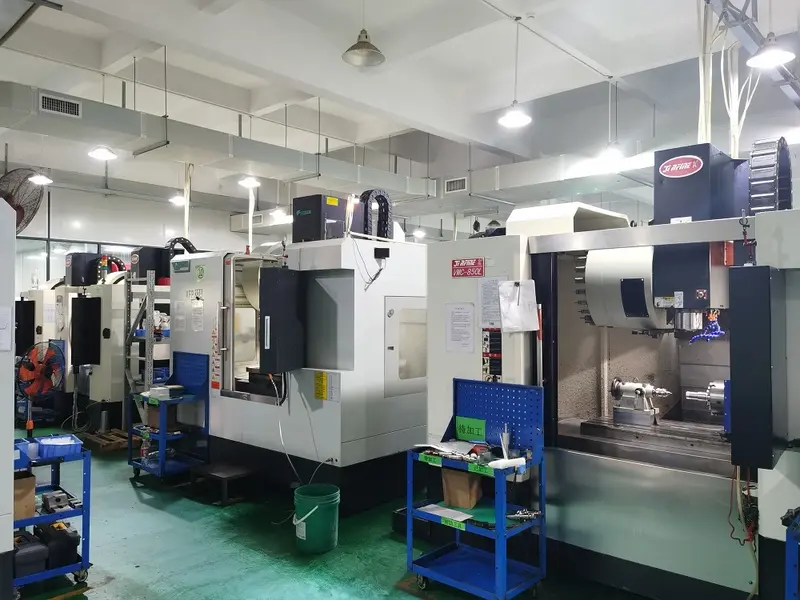
Custom 4-axis cnc machining material
Our 4-axis CNC machining centers boast over a decade of production experience, capable of precision machining and cutting approximately one hundred materials with tolerances as tight as 0.005mm. Below are our commonly used material options for CNC machined parts. Should you require machining of other unique materials, please contact us for further information.
Metal material :
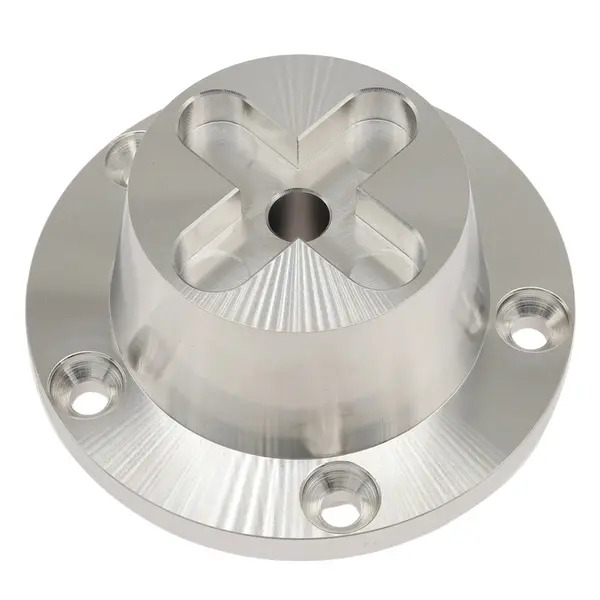
Aluminum
Aluminum is the most commonly used precision-machined component. It has a low density, a hard texture, and a soft material. Thanks to its corrosion resistance, it is widely used in aerospace, bionic bones, and automotive parts manufacturing.
Color : Silver.
Types : Aluminum 6061、7075、2024、5052、6063 and MIC-6.
Surface finish : Polishing, Brushing, Sandblasting, Chrome Plating, Anodizing, Electroplating, Powder Coating, Laser Etching.
Delivery time : 1-5 days.
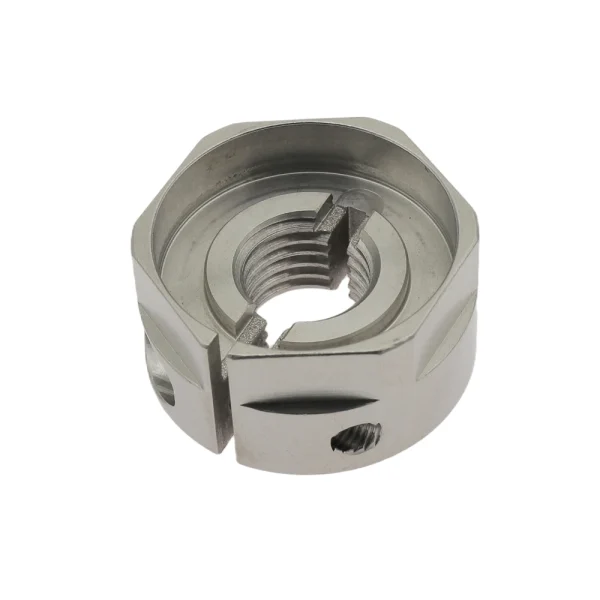
Stainless steel
Stainless steel offers strong corrosion resistance and a smooth, easy-to-clean surface. It is primarily used in kitchen equipment components, medical devices, building materials and construction, as well as automotive parts.
Color : Silver.
Types : Stainless steel 304/316/201/202/430/444/410/420/440c/2205/2507/17-4ph/17-7ph.
Surface finish : Polishing, Brushing, Sandblasting, Electroplating, Spraying, PVD (Physical Vapor Deposition), Passivation, Pickling, Coloring.
Delivery time : 2-5 days.
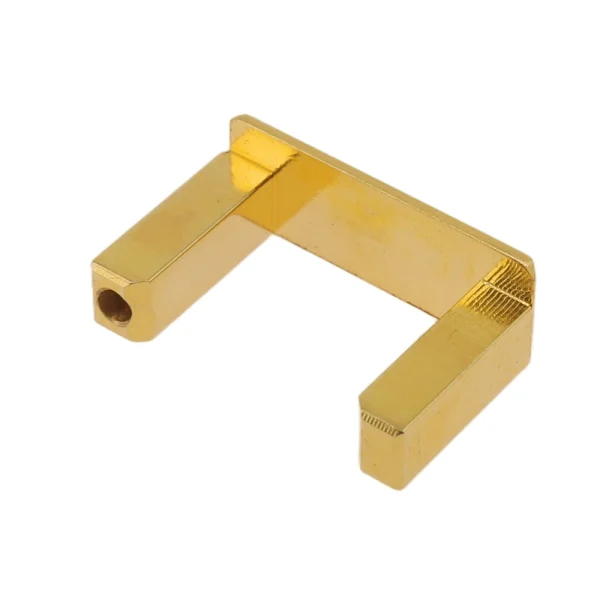
Copper
Possesses electrical conductivity, tensile ductility, and antimicrobial properties, primarily used for processing into crafts, decorative items, and medical equipment.
Color :Orange,yellow.
Types : copper H59/H62/Hpb59-1/C36000/HAI77-2/HSN62-1/HPb/HMn/HAl/HSn/HNi.
Surface finish : Passivation, Electroplating, Chemical Plating, Shot Peening, Sandblasting, Chemical Film Treatment, Polishing, Bright Cleaning.
Delivery time : 1-5 days.
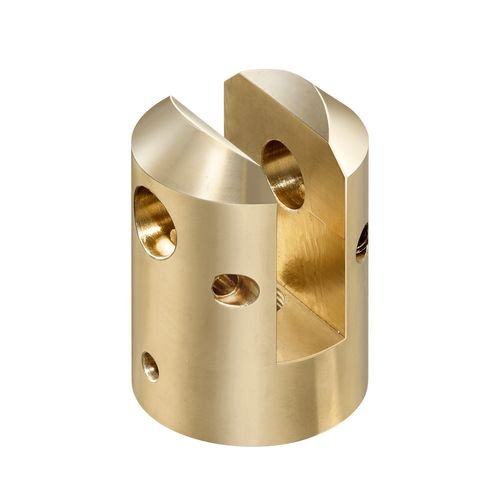
Bronze
Bronze is an alloy of copper and tin (possibly including lead, zinc, and phosphorus),low melting point (800-900°C) and excellent fluidity, along with corrosion resistance. Low-tin bronze exhibits a golden yellow hue, while high-tin bronze appears grayish-white or silver-gray. It is primarily used in mechanical manufacturing for sculptures, bearings, gears, valves, as well as in marine engineering components such as propellers, as well as marine engineering components like hull fittings and water pumps.
Color : gold/brown.
Types : Tin bronze, aluminum bronze, beryllium bronze, silicon bronze, manganese bronze.
Surface finish : Sandblasting, polishing, knurling, grinding, passivation, chemical film coating, impregnation coloring, brush/spray coloring, electroplating, anodizing, powder coating, brushing.
Delivery time : 1-5 days.
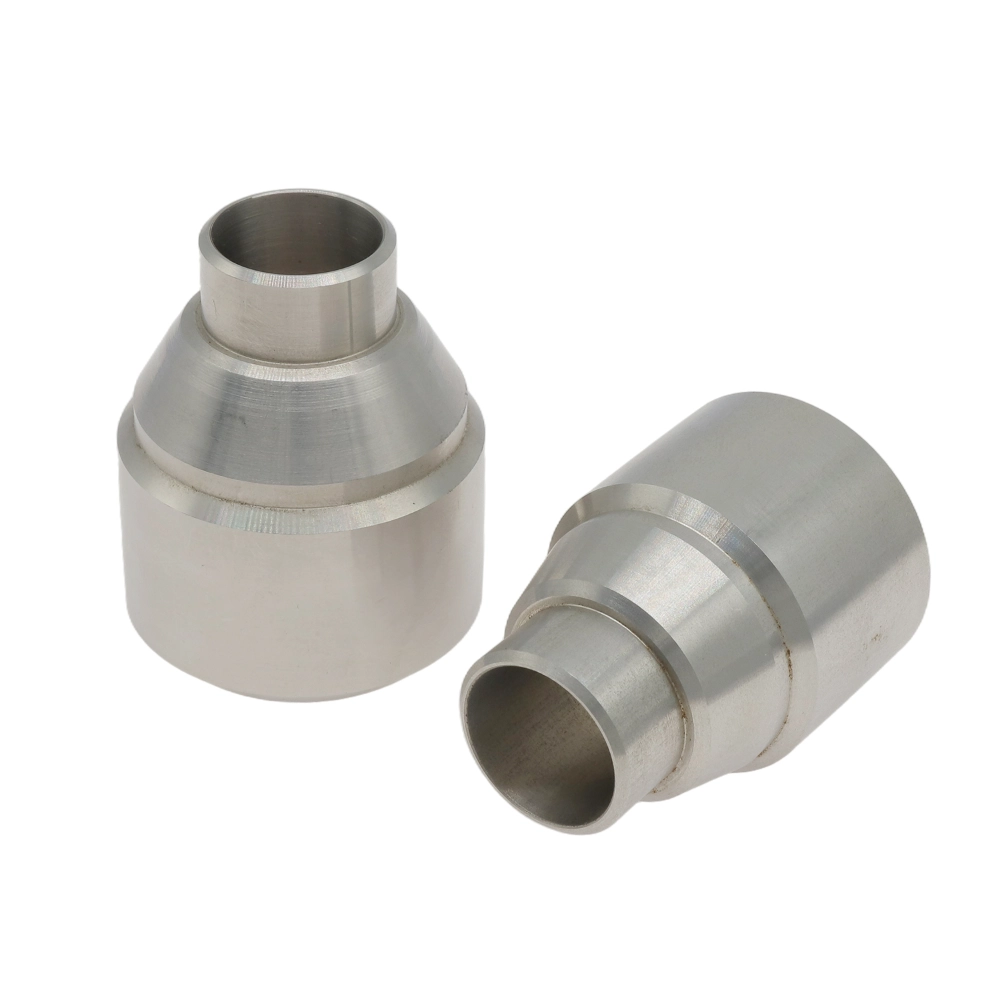
Steel
Iron alloyed with carbon (typically 0.1%-1.7%) and other alloying elements (such as chromium, nickel, manganese, etc.). By adjusting composition and heat treatment processes, diverse properties can be achieved, including high strength, high toughness, wear resistance, and corrosion resistance. It is suitable for producing components such as bolts, shafts, gears, drill bits, milling cutters, and turning tools, and is also frequently used in manufacturing engine valves and turbine blades.
Color : Silver .
Types : Steel S20C,S45C,S50C,SK85,SK95,40Cr,4140,4130,H13,D2,W1,A2,D2,M2,SKD11,ASP-23,S136.
Surface finish :Sandblasting, Mirror Finish, PVD Coating, Brushed Finish, Spray Coating, Electroplating.
Delivery time : 1-5 days
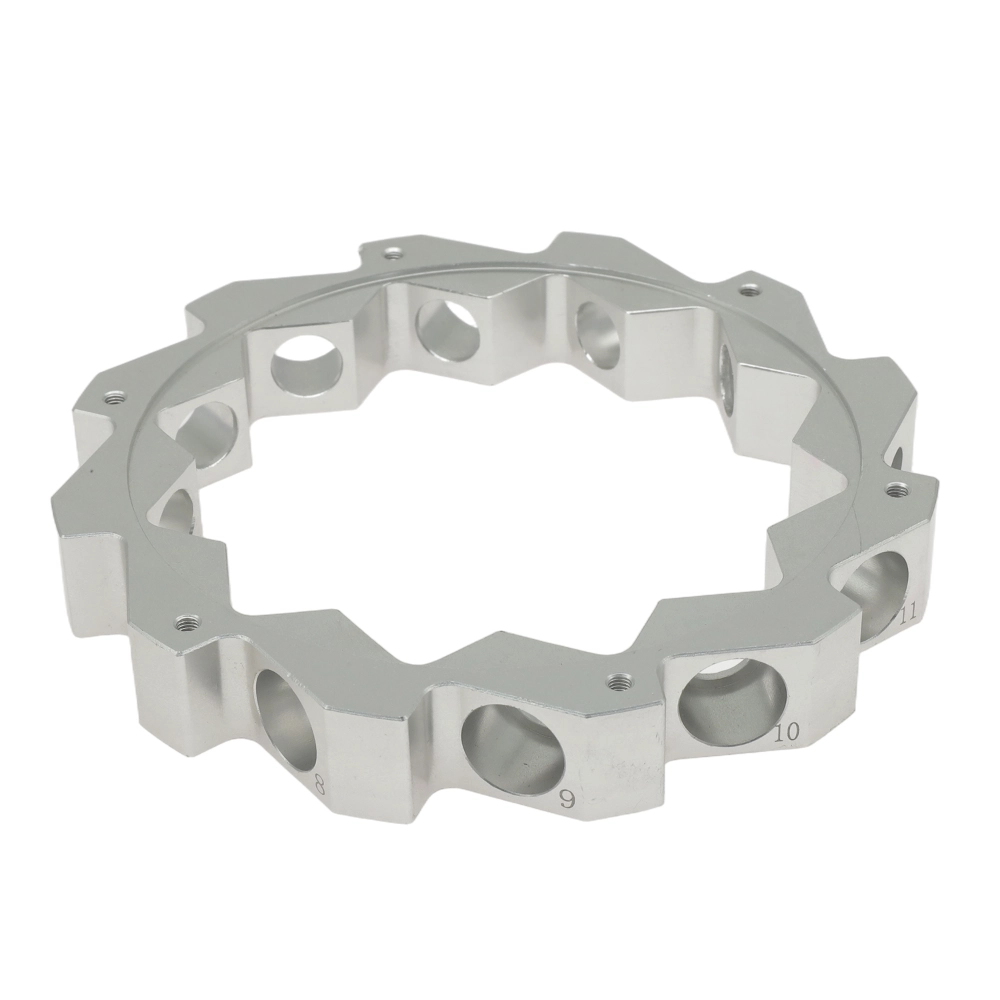
Magnesium
Magnesium has a density approximately two-thirds that of aluminum and one-quarter that of steel. Its low hardness results in minimal cutting force and reduced tool wear. With superior thermal conductivity compared to aluminum, it saves CNC machining time and material. Its strength-to-weight ratio outperforms both aluminum alloys and steel, while its damping capacity is 1.5 times that of aluminum, effectively absorbing vibrations and noise. These properties make it an ideal material for aerospace, automotive, and electronics industries.
Color : Silver.
Types : Magnesium alloy AZ91D/AM60B/AM50A/AS41B/ZK60/MB8/AZ31/WE43/ZE41/LA141/LZ91.
Surface finish : Chemical conversion coating, anodizing, nickel plating, electroplating, composite coating, spray painting, powder coating, electrophoretic coating.
Delivery time : 1-5 days.
Plastic material :
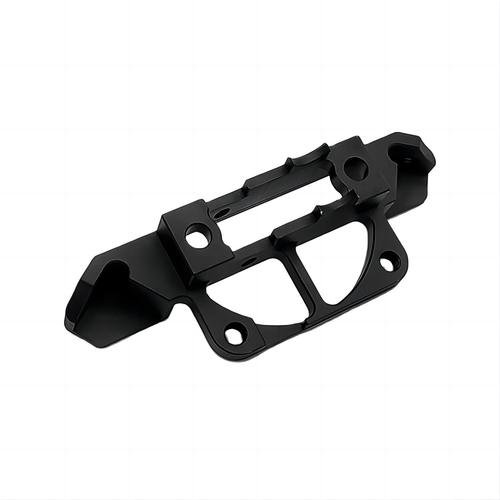
ABS
Combining the rigidity of acrylonitrile, the toughness of butadiene, and the processability of styrene, it offers excellent impact resistance (maintaining toughness even at low temperatures) with a balanced hardness and rigidity. Suitable for precision components subjected to moderate loads, it is ideal for manufacturing precision parts such as electronic and electrical enclosures, automotive ducting, interior trim components, and exterior trim components.
Color : Beige,black.
Types : General-purpose, flame-retardant, heat-resistant, high-impact-resistant, transparent (MBS), filled modified, alloyed, functionalized ABS.
Surface finish :Spray coating, electroplating, screen printing, laser engraving, hot stamping, vacuum coating, water transfer printing, sandblasting, anti-fingerprint coating.
Delivery time : 1-5 days.
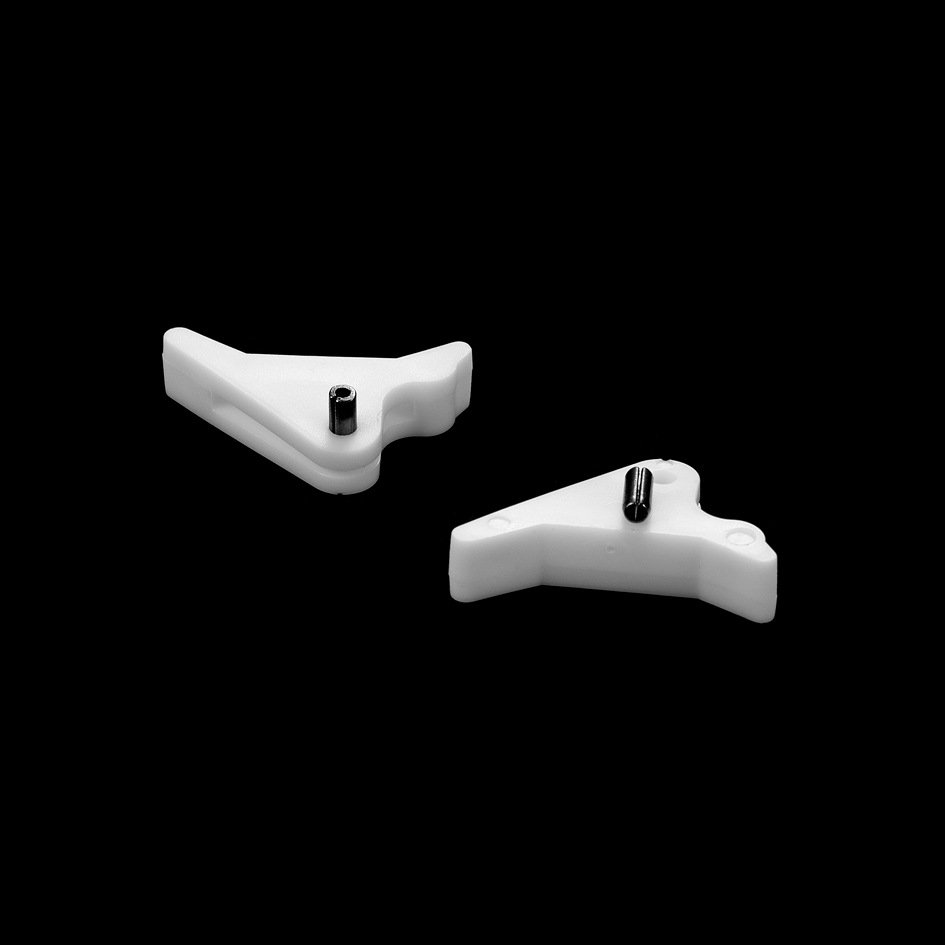
PC
High-performance thermoplastic with high toughness (low-temp resilient) and rigidity, ideal for CNC precision machining (cutting, drilling). Lighter than acrylic, it offers strong creep resistance and high-frequency insulation, suited for stress-resistant, insulated components. Eco-friendly via recycling by melting, used in electronics casings, spectrometer mounts, heat sinks.
Color : white or black.
Types : General Machinable/Flame Retardant/Reinforced/Blended PC.
Surface finish : Polishing, Hardening, Spraying, Laser Engraving, Electroplating, Hot Stamping.
Delivery time : 1-5 days.
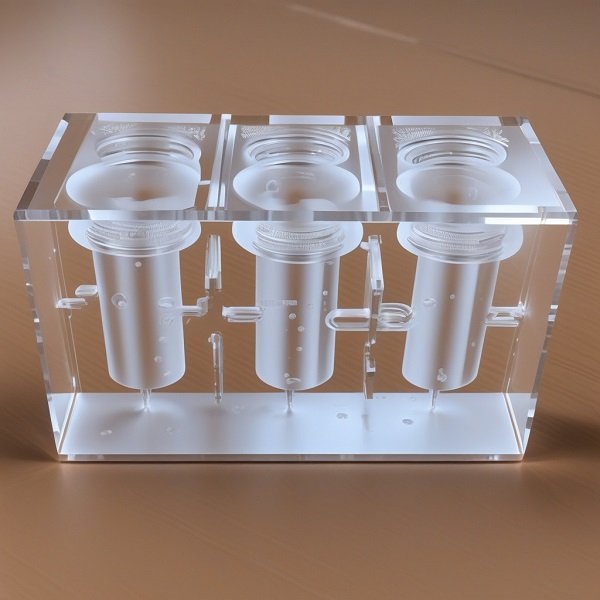
PMMA
With a light transmittance as high as 92%, it is hailed as “plastic crystal,” serving as material for optical components such as lenses and light guides. Its optical uniformity surpasses that of ordinary glass, while weighing only half as much. It offers easy machinability, moderate thermal stability, low shrinkage, and impact resistance. Primarily used in consumer electronics industries for display protective covers, lenses, and mobile phone frames.
Color : clear,white,black,colored.
Types : General-purpose / Impact-resistant / Heat-resistant / Pearlescent.
Surface finish : Polishing, enhanced coating, sandblasting for texture, printing for coloring, anti-scratch and anti-fingerprint treatments.
Delivery time : 1-5 days.
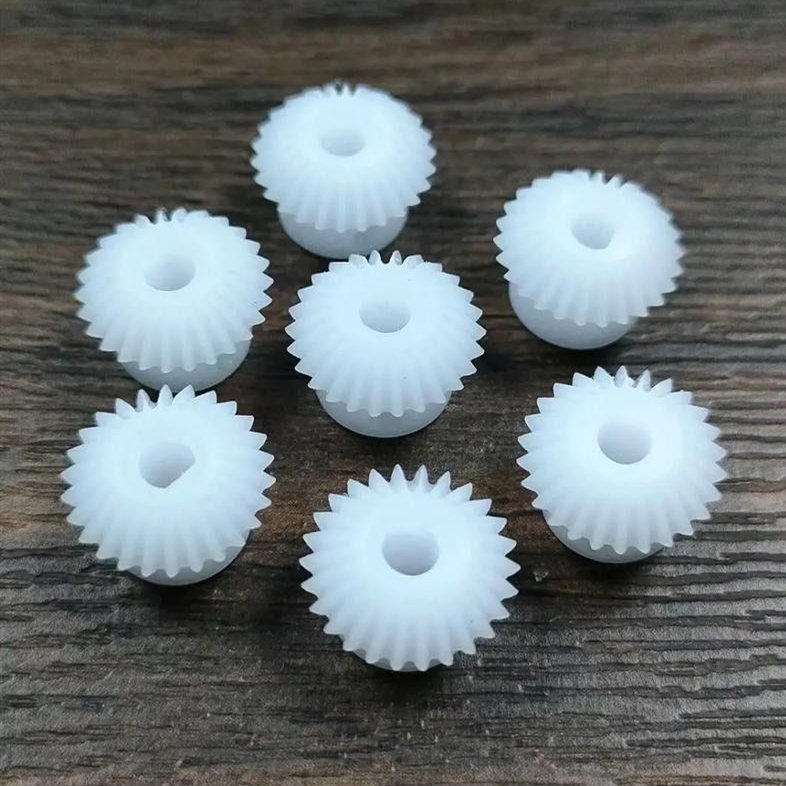
POM
High tensile strength and low friction coefficient, excellent dimensional stability, easy machinability, can replace metal as raw material for wear-resistant components such as gears and bearings, widely used in automotive industry, industrial machinery,medical tools, etc.
Color : white,black,blue,yellow,etc.
Types : POM-H, POM-C.
Surface finish : Polishing, sandblasting, chemical polishing, laser polishing, anodizing/painting.
Delivery time : 1-5 days.
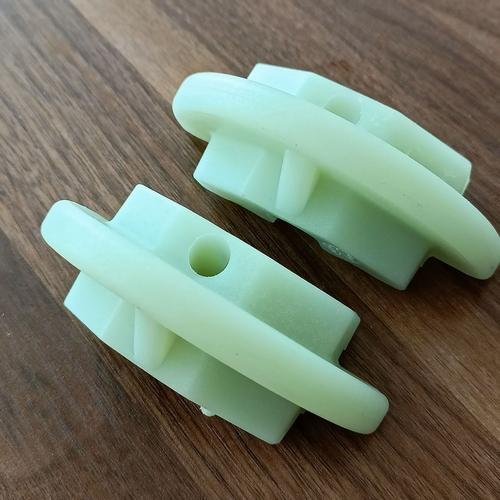
PA
PA (Polyamide, Nylon) exhibits tensile strength ranging from 62 to 85 MPa, low friction coefficient, and excellent heat resistance. Primarily used in high-load structural components such as gears and bearings, it facilitates the manufacturing of automotive parts, consumer electronics, and industrial machinery components.
Color : Colored.
Types : PA6, PA66, PA6T, PA9T.
Surface finish :Mechanical grinding, acid/alkali etching, hydrolysis technology, coating.
Delivery time : 1-5 days.
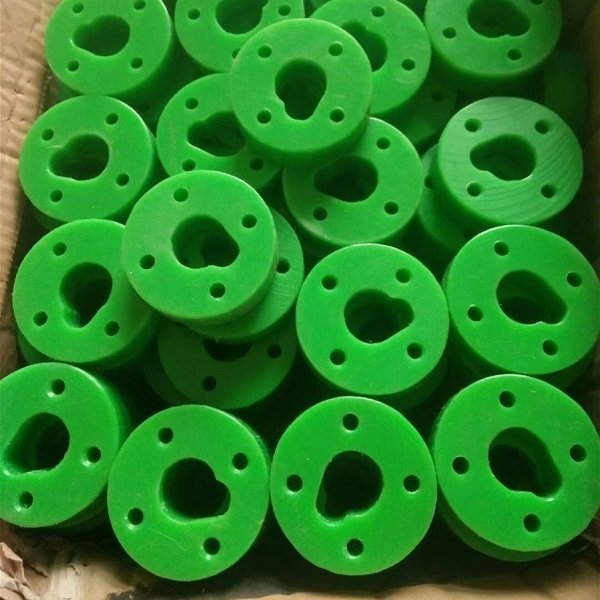
PE
PE (Polyethylene) is a thermoplastic material with a low melting point. During machining, tool temperature must be controlled to prevent adhesion, resulting in a smooth, burr-free surface. Its low friction and self-lubricating properties make it suitable for sliding/rotating components. It resists most acids, alkalis, salts, and organic solvents but is soluble in aromatic hydrocarbons and halogenated hydrocarbons. Common applications include food containers, trash bins, and toys.
Color : black,white,colored.
Types : LDPE, HDPE, UHMWPE, PEX, PEX-A, PEX-B.
Surface finish :Polishing, sandblasting, coating, etching.
Delivery time : 1-5 days.
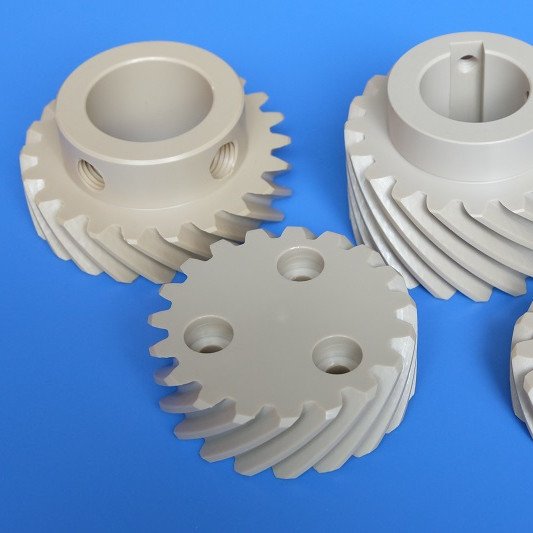
PEEK
PEEK (Polyetheretherketone) is a semi-crystalline specialty engineering plastic characterized by high strength, high melting point, and low friction coefficient. It offers excellent chemical resistance and is suitable for aerospace structural components, high-temperature parts, and medical devices such as endoscopes and handles.
Color : Beige,black.
Types : CF-PEEK, GF-PEEK, PEEK with carbon black/ceramic/PTFE/graphite fillers.
Surface finish :Sandblasting, polishing, metal coating, polymer coating.
Delivery time : 1-5 days.
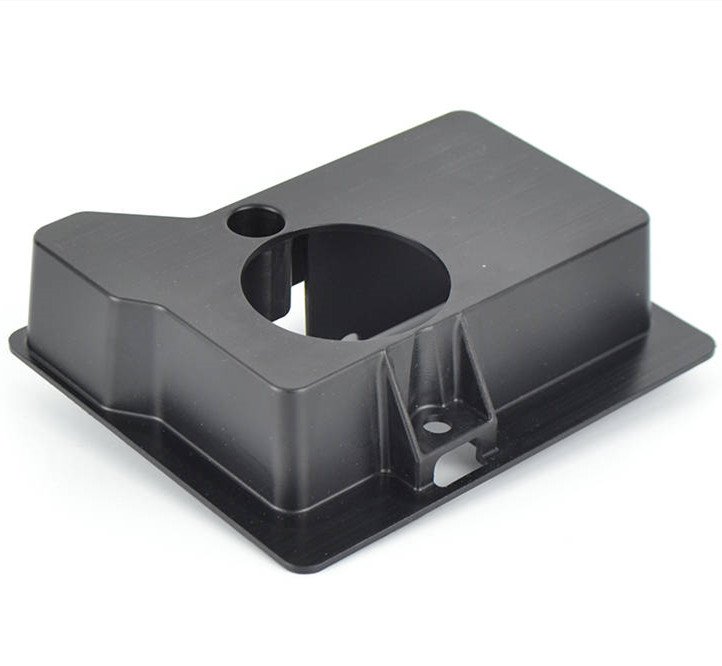
PP
PP (Polypropylene) is a semi-crystalline thermoplastic with a melting point of approximately 130-160°C. It exhibits excellent processing flow properties. During CNC machining, temperature control is essential (recommended range: 200-230°C). It is suitable for repeated bending operations. Tool selection must align with the material’s characteristics. Primarily used for containers, connectors, and structural components.
Color : black,white,colored.
Types : PP-H, PP-B, PP-R, HIPP.
Surface finish :Polishing, Sandblasting, Coating.
Delivery time : 1-5 days.
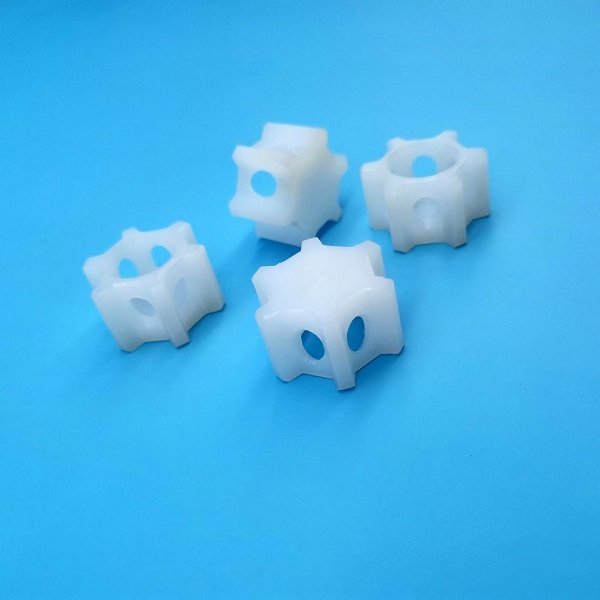
HDPE
HDPE (High-Density Polyethylene) is a linear thermoplastic with excellent impact resistance and dimensional stability.Non-toxic and odorless, it is suitable for manufacturing valves, pump bodies, gears, sliding bearings, and as core material for surfboards.
Color : black,white.
Types : HI-HDPE, UV-HDPE, UHMWPE, Carbon Black-Filled HDPE.
Surface finish :Polishing, Sandblasting, Coating.
Delivery time : 1-5 days.
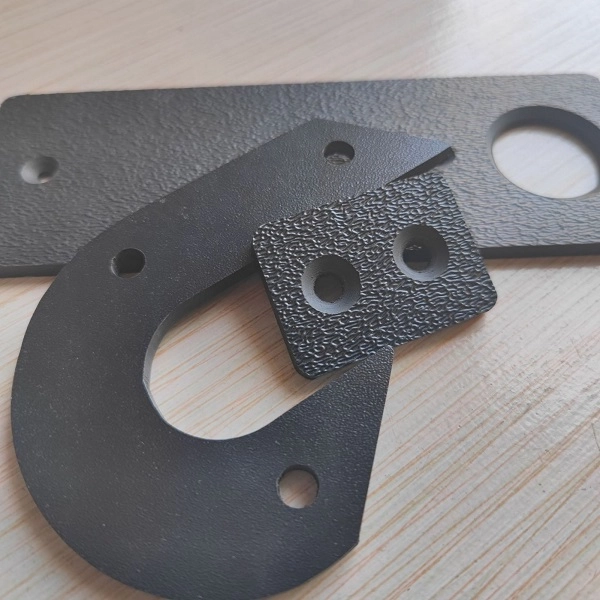
HIPS
HIPS is a non-crystalline thermoplastic containing 5-15% rubber content, offering both high impact resistance and ease of processing. It features moderate surface hardness, low moisture absorption (0.05-0.7%), low cost, and suitability for complex structures. Widely used in appliance housings, food packaging, automotive interiors, and industrial piping, it replaces metal to meet lightweight and impact-resistant requirements.
Color : black.
Types : Impact-resistant HIPS, Brominated flame-retardant HIPS, Glass-fiber reinforced HIPS.
Surface finish :Polishing ,Sandblasting ,Coating.
Delivery time : 1-5 days.
Surface finishes for 4 axis cnc machining parts
Drawing on over a decade of CNC machining expertise and surface treatment processes, Weldo has compiled the following finishing options designed to enhance the surface quality and finish of parts after 4-axis machining. This approach improves component appearance, surface roughness, hardness, and corrosion resistance while effectively masking tool marks.
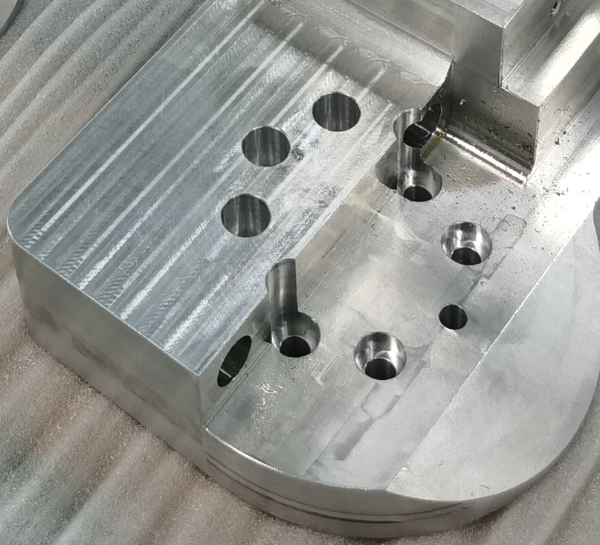
Machined finish
The prototype processed by the machine tool retains traces of tool machining.
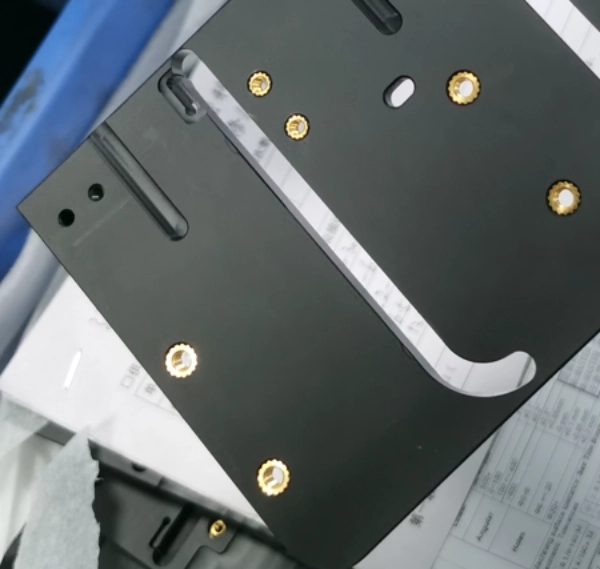
Anodizing
Anodizing enhances the corrosion and wear resistance of metals and enables coloring and coating, suitable for metals such as aluminum, magnesium, and titanium.
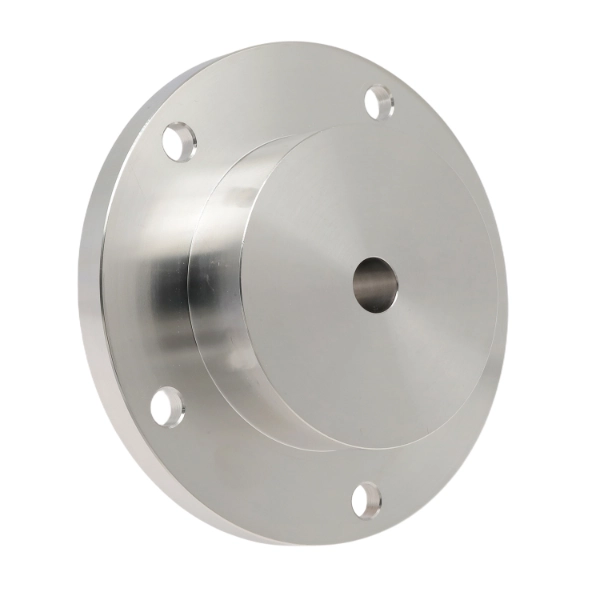
Polish
Polishing enhances surface finish and aesthetic appeal, suitable for materials such as metals, ceramics, plastics, and PMMA.
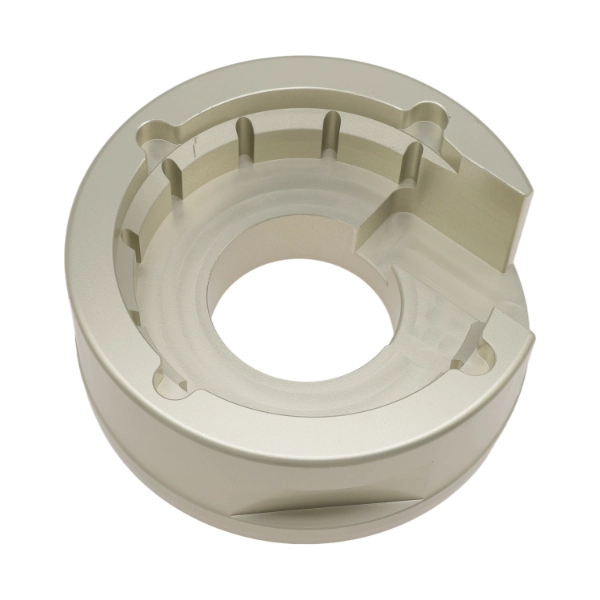
Sand blasting
Sandblasting involves propelling abrasive material at high pressure or mechanically onto a workpiece to achieve a clean, roughened, and matte finish.
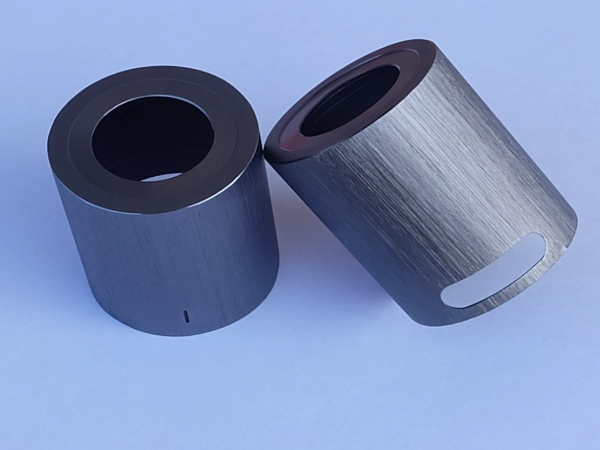
Brushed finish
Brushed finish creates a textured pattern on metal surfaces, enhancing aesthetic appeal. Suitable for aluminum, copper, stainless steel, and other materials.
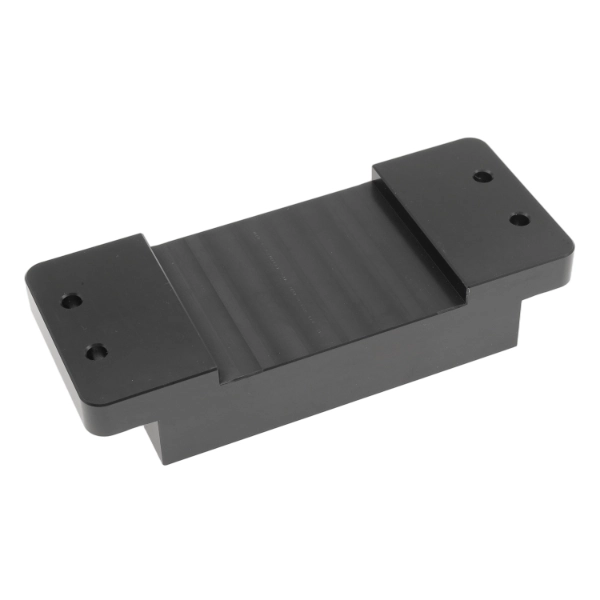
Powder coating
Powder coating is applied to the workpiece surface via electrostatic adhesion, then cured at high temperatures to form a dense coating, enhancing the corrosion resistance of metal and plastic surfaces.
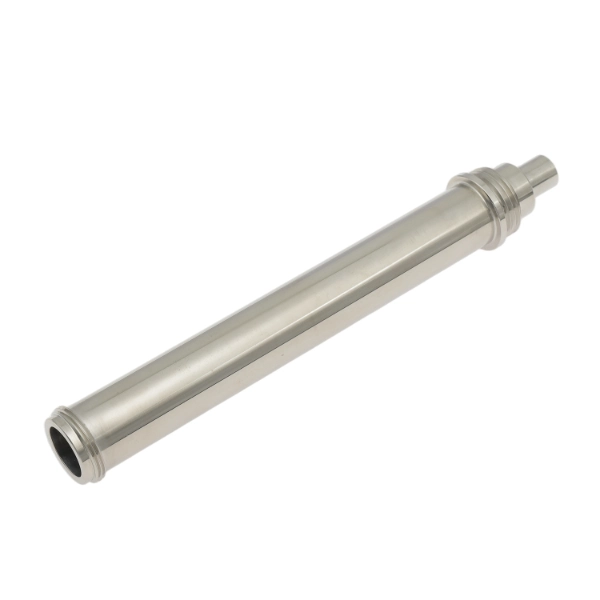
Electroplating finish
Metal plating is deposited onto material surfaces through electrolytic processes to enhance corrosion resistance and wear resistance. This technique is suitable for metals and certain plastics.
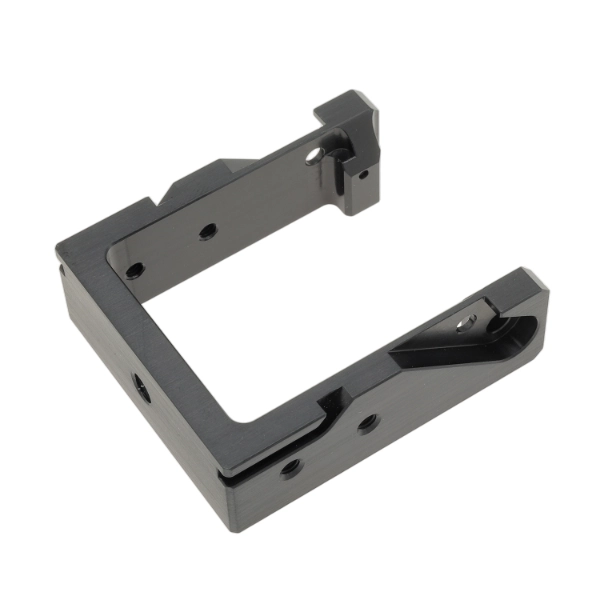
Black oxidize
A black oxide coating is formed on metal surfaces through chemical oxidation, offering low cost, a simple process, and reduced light reflection.

Electropolish
Removes microscopic protrusions from metal surfaces through electrochemical anodic dissolution, creating a smooth, dense surface free of residual stress and highly corrosion-resistant. Capable of processing complex metals and conductive materials.
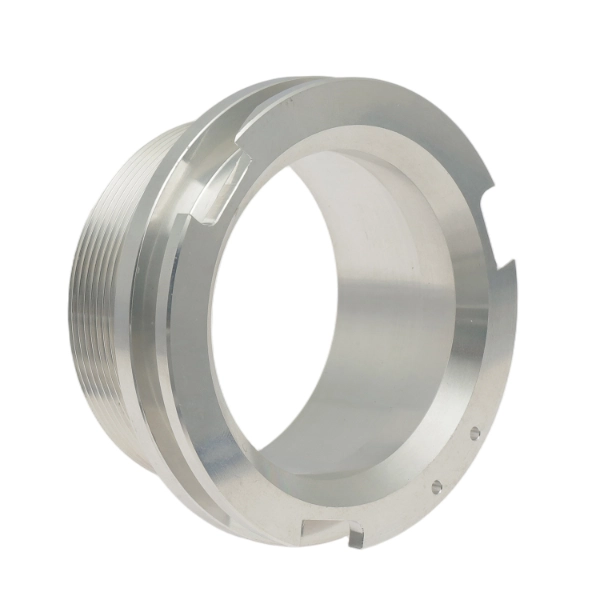
Alodine
Forms a protective coating on surfaces through chemical conversion, enhancing corrosion resistance and adhesion. Environmentally friendly with excellent conductivity, suitable for aluminum and magnesium alloys.
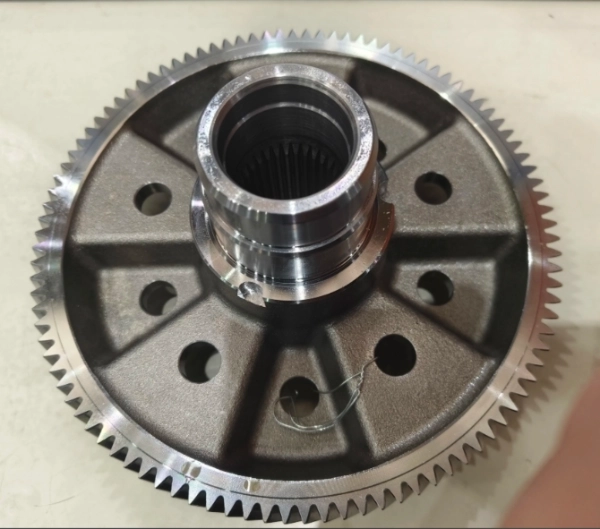
Heat treatment
By altering the internal microstructure of metallic materials through heating, this process enhances hardness, strength, toughness, and wear resistance. It is suitable for metals such as steel, aluminum alloys, copper alloys, and titanium alloys.
4-Axis cnc machining capability
Our ISO 9001 certification demonstrates that our 4-axis milled parts meet stringent tolerance requirements. We adhere to ISO-2768f tolerance standards for CNC-milled metals and ISO-2768m for plastic parts, enabling you to obtain CNC-machined components with high-precision machining standards.
| Property | Description |
|---|---|
| Maximum part size | The maximum direct machining diameter is 600mm, with a maximum machining length of 1200mm. For longer components requiring precision turning, we can adjust the equipment accordingly. |
| Minimum part size | The diameter is as small as 3 mm, depending on the specific part size requirements and material. |
| General tolerance | Our CNC turning standard tolerance is 0.01mm. If material and structure permit, tighter tolerances as low as ±0.005mm can be achieved. |
| Lead time | Prototype machining typically ships within 1-3 days. Small-batch CNC turning takes 3-5 days, with the fastest turnaround possible within 24-48 hours depending on part complexity and material. |
4-axis cnc machining design guideline
| Item | Recommended Size |
|---|---|
| Radii | The minimum inner radius should not be less than 2 mm, with a maximum machining radius of 500 mm depending on the specific dimensional requirements and material of the part. |
| Threads and Tapped Holes | Capable of precision machining external and internal threads ranging from M2 to M50. To ensure thread stability, a minimum thread length of 1.5 times the diameter is recommended. |
| Minimum Wall Thickness | During CNC machining, the minimum recommended wall thickness for metals is 1 mm, while for plastics it is 1.5 mm. This ensures structural integrity of parts during turning and reduces costs. |
| Text | The minimum recommended engraving depth for characters is 0.5-2 mm, with a character height ranging from 1-10 mm. This depends on the material size and legibility requirements. |
| Holes | The minimum machinable hole diameter is 1 mm. For deep holes, it is recommended that the depth does not exceed five times the diameter to ensure part durability and quality. The maximum achievable depth is ten times the diameter. |
4 axis cnc milling parts display
Our 4-axis CNC machining services effortlessly handle Complex surfaces, three-dimensional solids machining, encompassing plastics, metals, large components, and small-batch production. Tolerances can be controlled to as low as 0.001 inch.
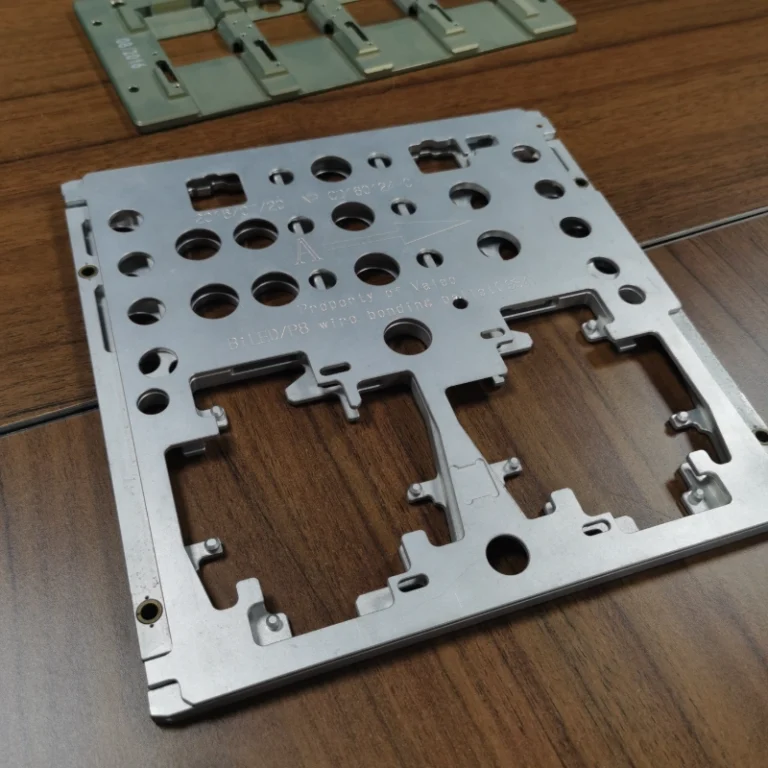
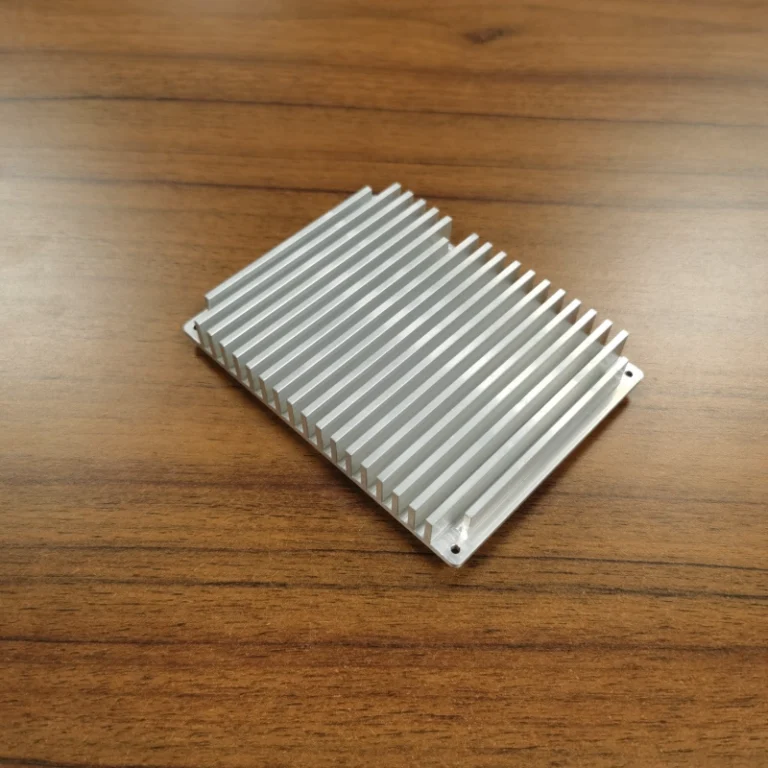
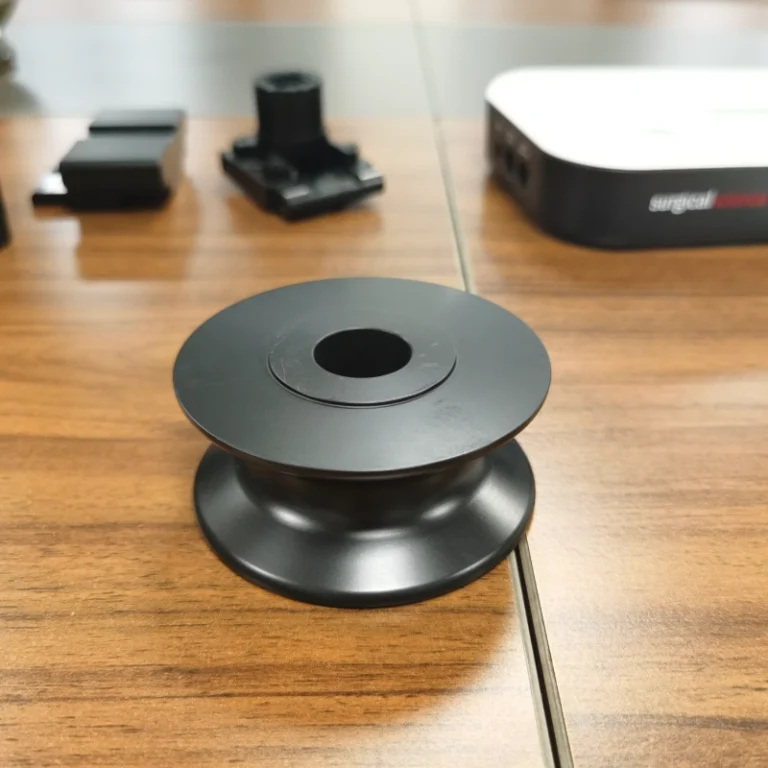
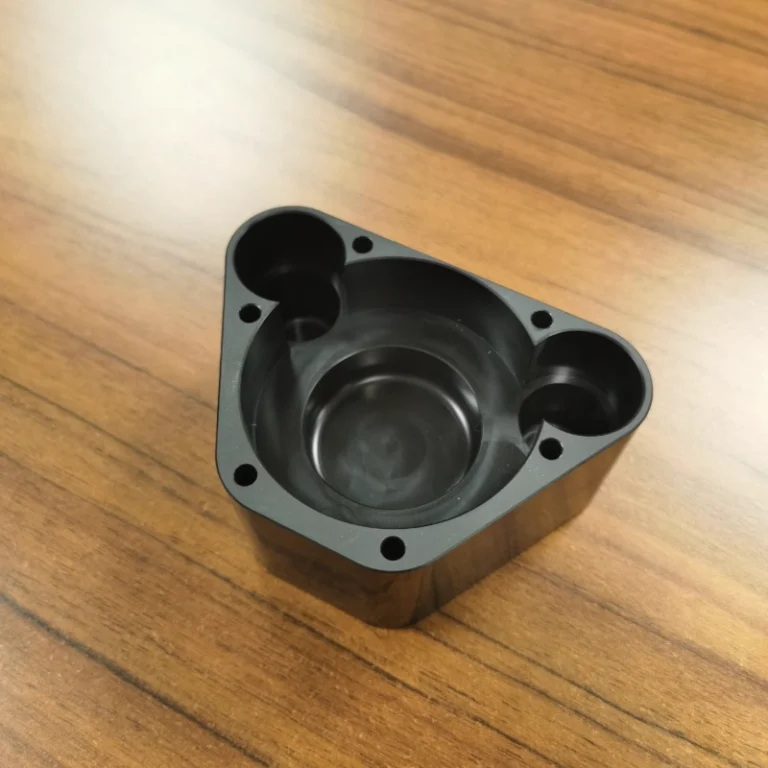
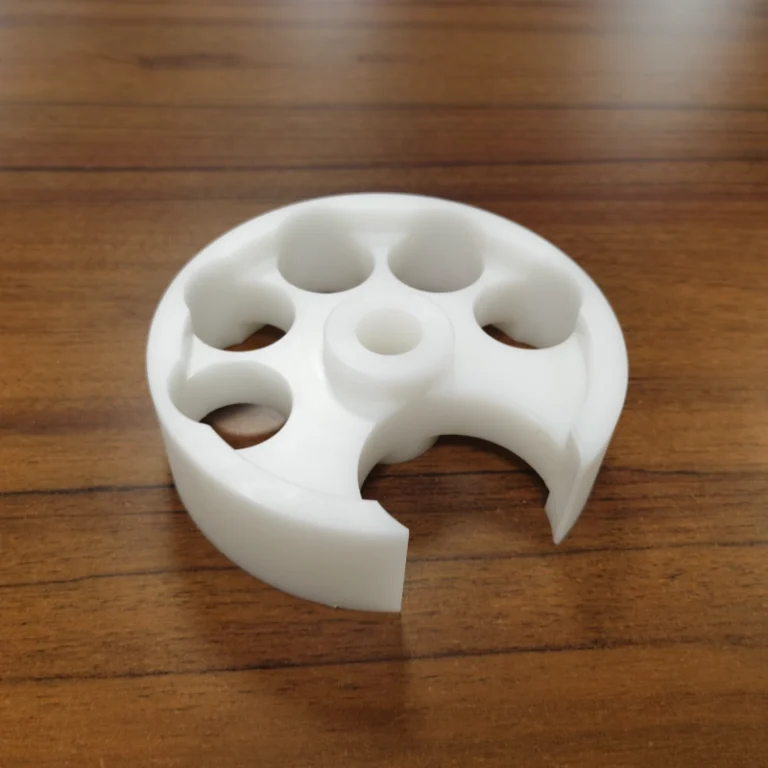
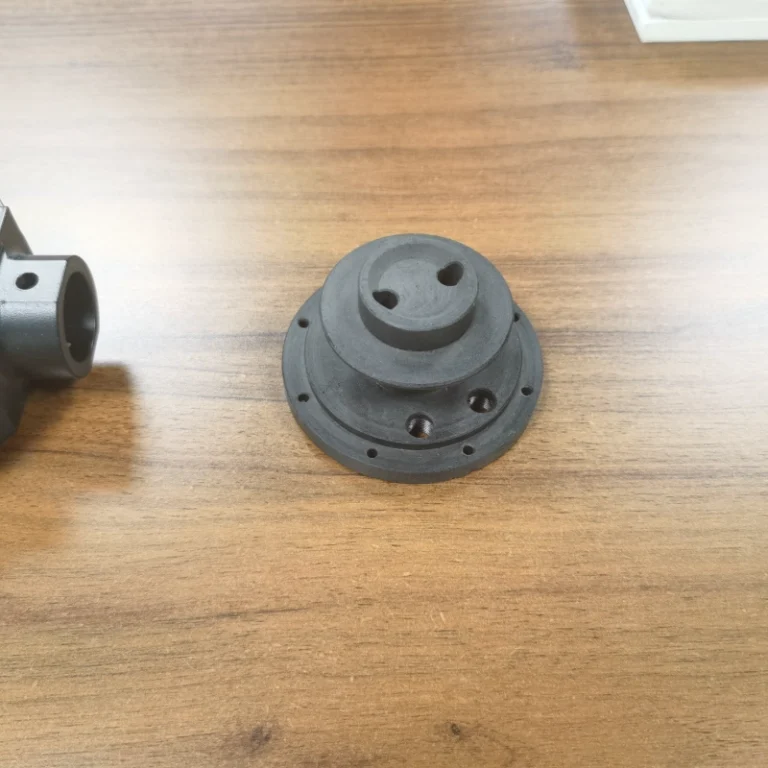
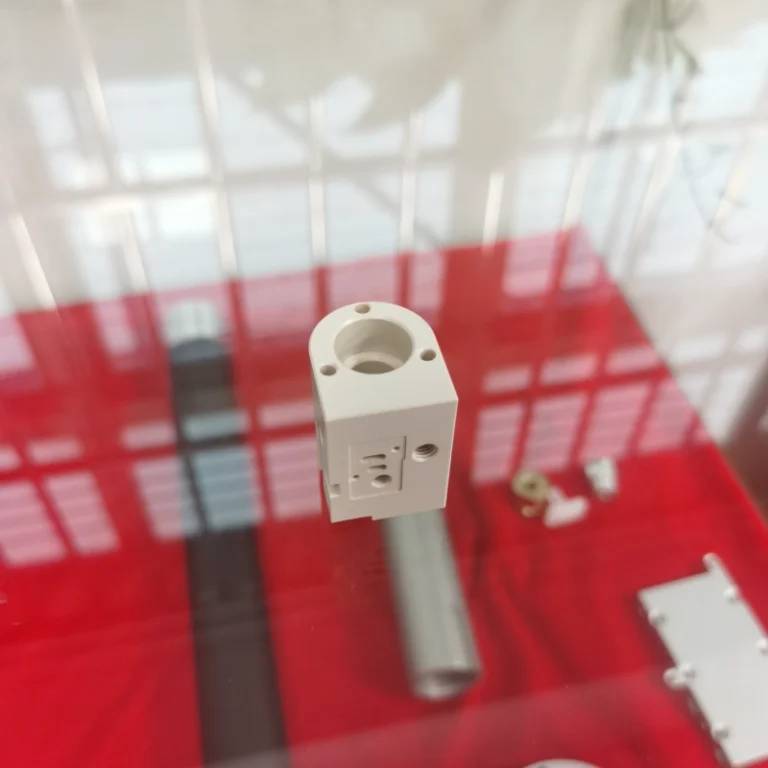
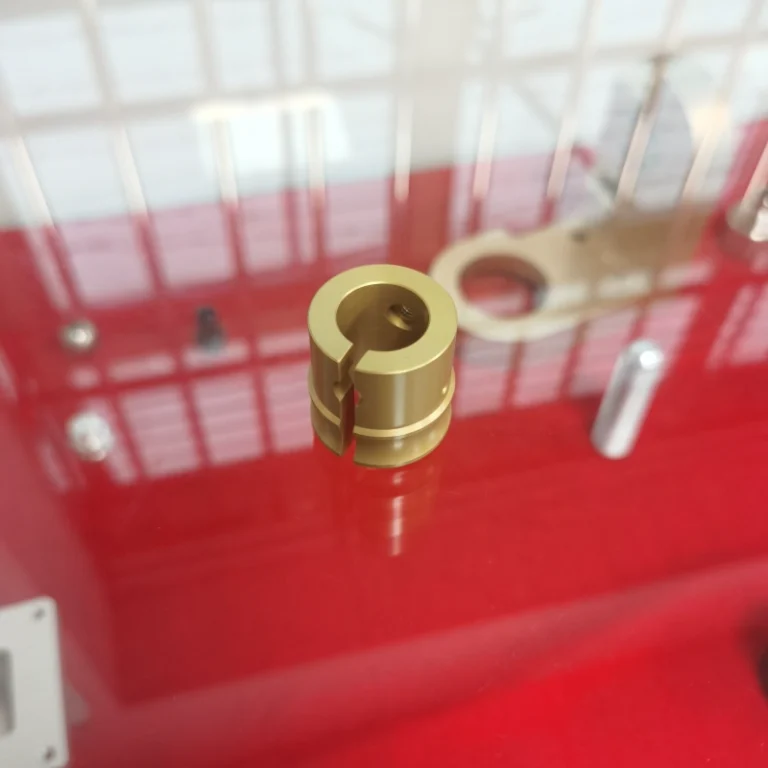
Advantage of 4 axis cnc machining
Efficiency Enhancement: Reduce clamping operations and shorten machining time
Multi-surface machining in a single setup: 4-axis machines adjust workpiece angles via rotary axes (A/C axes), enabling multi-surface machining without repeated clamping. This minimizes manual intervention and positioning errors.
Enhanced Precision: Achieving High Accuracy in Complex Structures
Multi-Angle Precision Control: Rotary axes enable tools to approach workpieces at multiple angles, improving machining accuracy for complex geometries.
Capabilities for Complex Parts:
Aerospace: Turbine blades, engine casings, and other irregular components.
Medical Devices: Artificial joints, bone pins, and other high-precision curved parts.
Automotive Manufacturing: Drive shafts, transmission gears, and other complex structural components.
Enhanced Surface Quality and Tool Life
Improved Surface Finish: Tools cut at optimal angles, reducing chatter marks and burrs to elevate surface quality.
Data: Surface roughness in 4-axis machining improves by 1-2 grades compared to 3-axis (e.g., from Ra 1.6 to Ra 0.8).
Extended Tool Life: Optimized cutting paths minimize tool wear, prolonging service life.
Application of 4 axis cnc machining
4-axis CNC machining technology is widely applied across multiple industries. Below are the primary application areas for four-axis CNC machined parts:
Aerospace Industry
Typical components: Turbine blades, engine components, airframe structural parts, etc. Turbine blade machining demands high precision and complex surface processing. Four-axis machines achieve multi-angle machining through rotary axes.
Automotive Manufacturing
Typical components: Engine parts (e.g., cylinder blocks, crankshafts), drive shafts, transmission gears, body structural components, etc. The automotive industry demands exceptional precision, which 4-axis CNC machining effectively fulfills.
Medical Device Industry
Typical parts: Artificial joints, bone screws, surgical instruments, implant prototypes, etc. Medical devices require strict dimensional accuracy and material integrity. 4-axis CNC machining ensures part tolerances and surface quality.
Mold Manufacturing Industry
Typical parts: Cores and cavities for injection molds, blow molds, die-casting molds, etc.
Dental Prosthesis Model Fabrication
Typical Components: Zirconia restorations, temporary crown resins, model resins, wax, etc.
FAQ of 4 axis cnc machining
Answer:
4-axis CNC adds a rotary axis (typically A-axis or B-axis) to the traditional X/Y/Z three-axis system, enabling the workpiece or tool to rotate during machining. This breakthrough achieves:
- Multi-sided machining capability: Completes multiple side cuts in one setup, reducing manual intervention.
- Complex surface molding: Precisely machines helical grooves, curved holes, and other 3D structures through coordinated rotary-linear motion.
- Efficiency improvement: For turbine blades, 4-axis machining reduces processing time by 40% while improving surface finish.
Contrast with 3-axis: 3-axis CNC can only move linearly, requiring multiple setups or manual angle adjustments for complex shapes, which lowers efficiency and increases precision risks.
Answer:
4-axis CNC is preferable when workpieces feature:
- Multi-angle features: Such as inclined holes in engine blocks or irregular interfaces in medical devices.
- Surface continuity requirements: Aerospace turbine blades require one-step molding of streamlined curves to avoid seams.
- Micro-precision parts: Miniature threads or heat sinks in electronic components need micron-level accuracy via rotary axis.
- High-efficiency demands: In automotive mold making, 4-axis reduces setup time by over 50%, significantly cutting production costs.
Counterexample: Simple flat parts (e.g., plates, square blocks) don’t require 4-axis as 3-axis CNC can efficiently complete them.
Answer:
4-axis CNC can process various materials, but process parameters must adjust based on material properties:
- Metals:
- Aluminum/Steel: Widely used in aerospace and automotive, requiring high RPM (8,000-12,000) and coolant to prevent overheating.
- Titanium Alloy: For medical implants, low cutting speed (200-500 RPM) and carbide tools are needed to avoid tool wear.
- Non-metals:
- Engineering Plastics (e.g., PEEK): Used in electronic housings, requiring low cutting force to prevent deformation.
- Composites (e.g., carbon fiber): Need specialized tools and vacuum chucks to avoid delamination.
Key Point: Material hardness and thermal conductivity directly affect machining parameters, necessitating trial cuts to optimize the process.
Answer:
Cost differences require holistic evaluation of short-term investment vs. long-term benefits:
- Initial Cost: 4-axis CNC equipment typically costs 30%-50% more than 3-axis due to added rotary-axis complexity.
- Operational Costs:
- Tool Consumption: Complex machining may increase tool wear, but path optimization can reduce consumption by 10%-20%.
- Maintenance: Rotary axes require regular calibration, increasing annual maintenance costs by ~15%.
- Long-term Benefits:
- Efficiency Gains: For automotive molds, 4-axis reduces manual intervention by 60%, cutting per-piece costs by 25%.
- Quality Advantages: Reduced setup errors improve yield rates by 10%-15%, lowering rework costs.
Conclusion: For complex parts or mass production, 4-axis CNC has lower long-term costs; for simple parts, 3-axis is more economical.
Answer:
Evaluate upgrade necessity through these dimensions:
- Product Complexity: If parts contain multi-angle features or curved surfaces, 3-axis machining requires multiple setups with compromised precision. Upgrading to 4-axis significantly improves quality.
- Production Scale: In mass production, 4-axis CNC reduces per-piece cycle time by 30%-50% through fewer setups, quickly recovering equipment costs.
- Industry Requirements: Aerospace and medical sectors demand ultra-high precision and reliability, making 4-axis CNC essential for compliance.
- Technical Bottlenecks: If existing 3-axis equipment cannot achieve design requirements (e.g., micro-threads, irregular holes), upgrading to 4-axis is the only solution.
Case Study: An automotive parts manufacturer upgraded to 4-axis, reducing processing time for a transmission shaft from 45 to 28 minutes, saving over ¥2 million annually.
